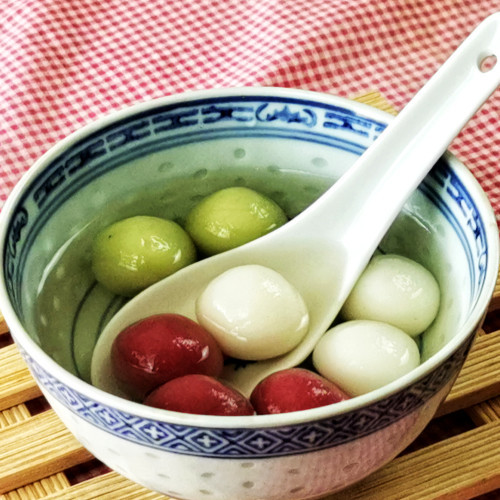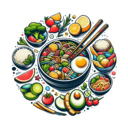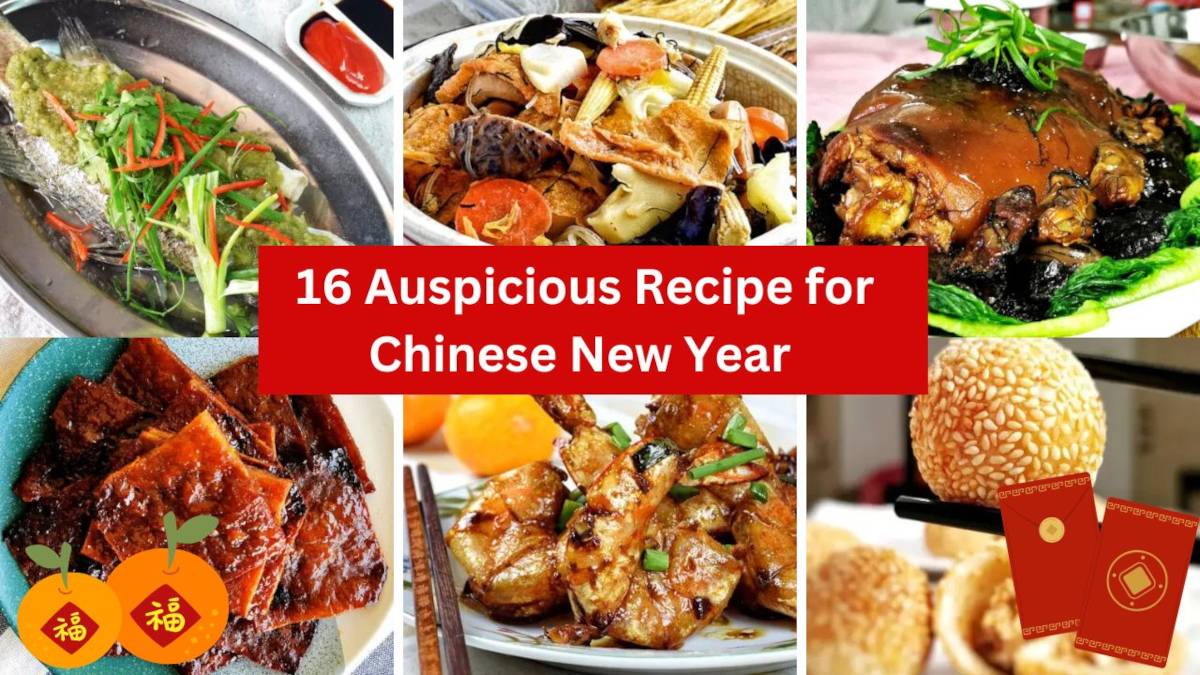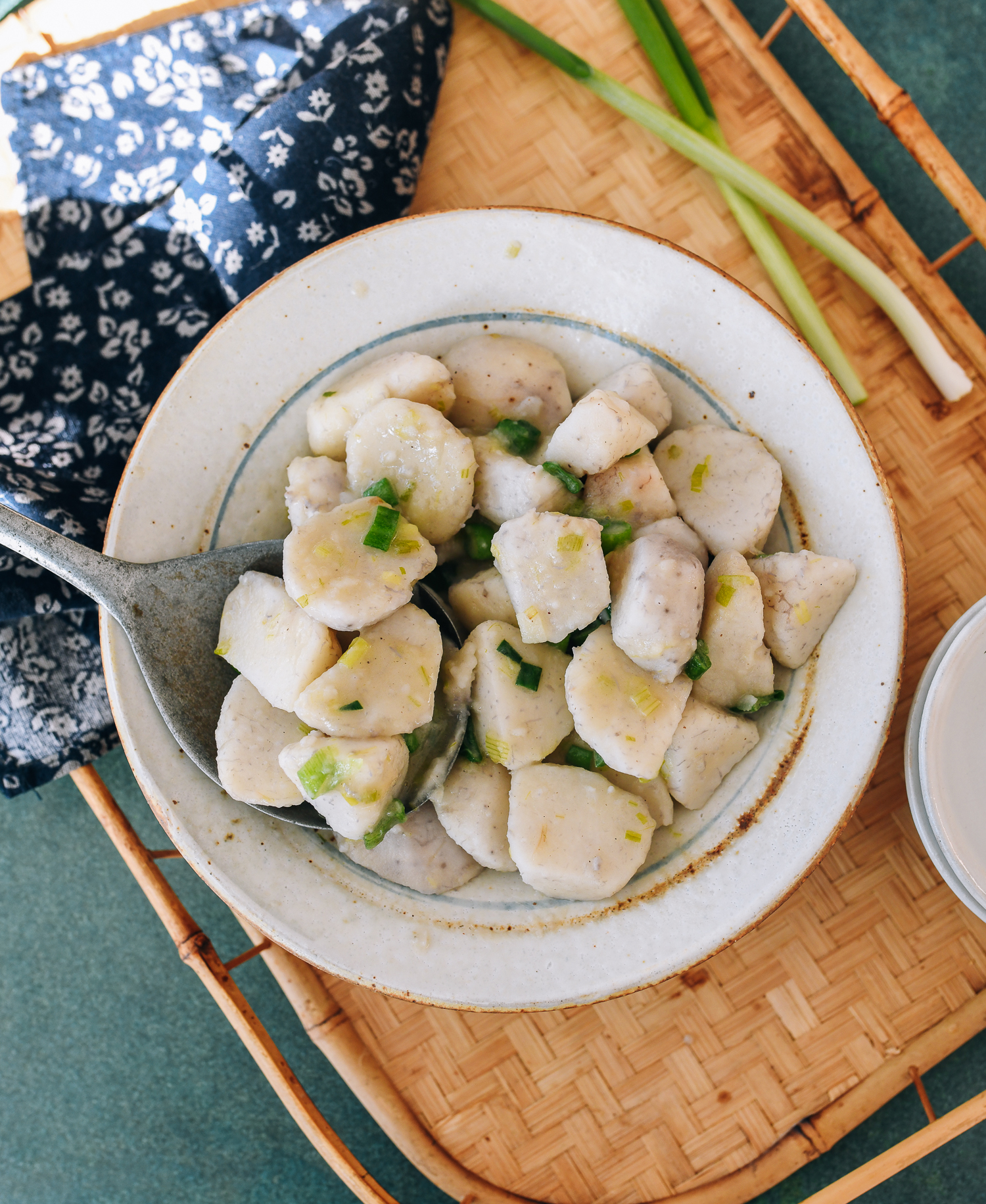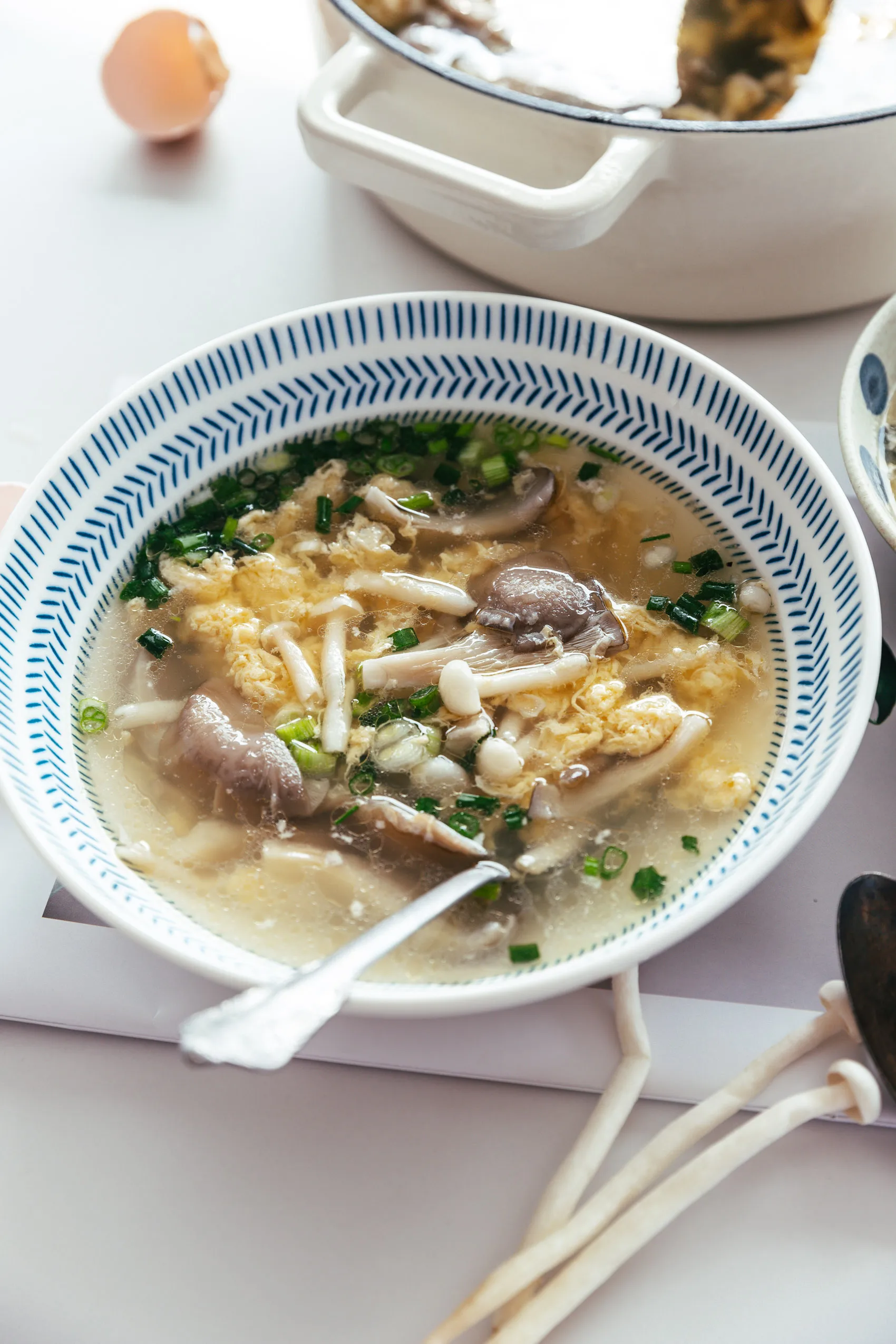It’s that wonderful time of year again to celebrate Chinese New Year! I have compiled a list of 16 auspicious Chinese New Year recipes just for you.
Are you excited about planning your festive feast? Have you considered the delicious dishes you want to prepare for this joyous occasion?
Over the past few years, many popular Cantonese recipes have been shared that are perfect for Chinese New Year celebrations. Below are these delectable recipes, each accompanied by a brief introduction. If one piques your interest, simply click the link to access the recipe page, where you can read, watch a video, and download the recipe.
I hope you enjoy this collection and find inspiration for your celebrations. Wishing you a fantastic Chinese New Year (Spring Festival) filled with joy and prosperity! Gong Xi Fa Cai, 万事如意!
- Each dish carries symbolic meaning, prepared with auspicious ingredients according to traditional Chinese culinary customs, promising good fortune, health, prosperity, luck, and happiness.
- Please download each Chinese New Year recipe and read the instructions by clicking the red button. It will take you directly to the respective recipe page.
1. Spring Rolls That Symbolize Wealth
The shape of spring rolls resembles gold bars, symbolizing wealth. The Chinese characters for spring roll (春卷) also signify the arrival of spring, sharing the same character (春) as the Spring Festival.
Spring rolls can be prepared in advance and freeze well. Simply deep-fry them in hot oil straight from the freezer just before serving to enjoy the delightful crunch of freshly made spring rolls.

2. Bak Kwa with an Auspicious Color
Bak Kwa, with its deep red color, is considered auspicious and believed to bring good luck. Though available year-round, it is particularly popular during Chinese New Year.
This dried meat, known as Bak Kwa in Hokkien, is typically made with pork or chicken. Its deliciousness makes it a staple during the festivities. It resembles jerky and can be prepared in advance.
While it can be made in an oven, grilling over charcoal imparts a delightful smoky flavor.
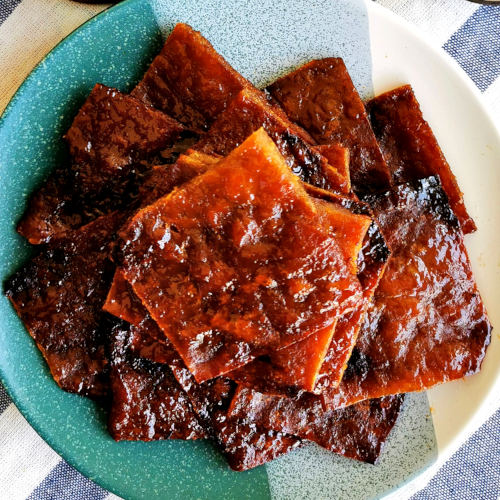
3. Nian Gao for Higher Achievements in the New Year
Nian Gao is regarded as a good luck food for the Spring Festival, as its name is a homonym for ‘higher achievement year’ (年高). This can signify success in academics, increased income, promotions, or any form of improvement in the coming year.
This sticky, sweet rice cake is traditionally offered to the kitchen god at the end of each year, with the hope of receiving a favorable report about the household.
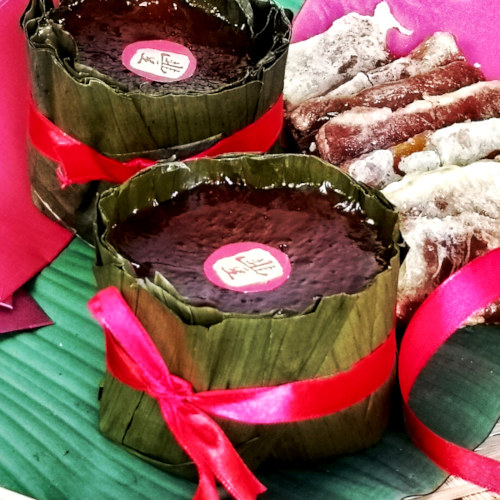
4. Buddha’s Delight – A Must-Have Vegetarian Dish
Buddha’s Delight, or Lo Han Cai (罗汉斋) in Chinese, is a key vegetable dish typically served during lunch on the first day of the Chinese New Year.
This vegetarian dish is named after the eighteen Arhats in Buddhism, who are akin to the apostles in Christianity. According to folklore, they created this dish in honor of their ancestors.
The authentic version contains eighteen ingredients, representing the eighteen Arhats, but this simplified recipe retains all the essential flavors.

5. Pork Knuckle with Dried Oysters for Prosperous Business
Chinese-style braised pork knuckle is a beloved dish in Cantonese cuisine during Chinese New Year. It is prepared with black moss (fat choy), dried mushrooms, and dried oysters, resulting in an exceptionally flavorful dish.
This dish is auspicious due to its unique meanings: black moss (发菜) sounds like ‘making money’ (发财), while dried oyster (蠔豉) resembles ‘good business’ (好市) in Cantonese. The pork knuckle symbolizes the ability to grasp fortune, while the dried mushrooms suggest success in all endeavors.
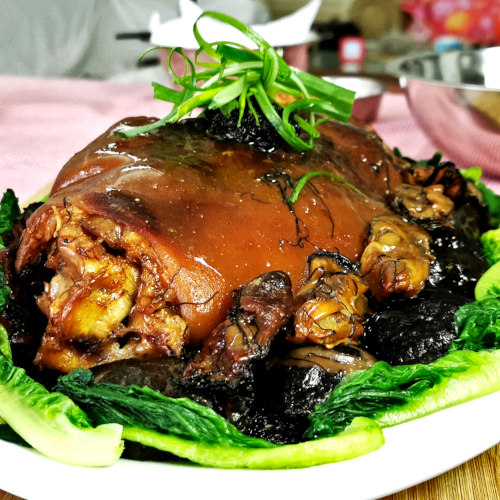
6. Dumplings – More Fortune is on Your Way
Chinese dumplings resemble ancient silver ingots, making them a popular choice for the New Year menu. The more dumplings you eat, the more fortune you are believed to attract.
The Chinese word for dumpling (饺子) sounds like ‘exchange at midnight’ (交子), symbolizing the transition to the new year while bidding farewell to the past.
You can prepare dumplings in advance and freeze them. They are delicious served with homemade chili oil or pan-fried as a perfect side dish for dinner.
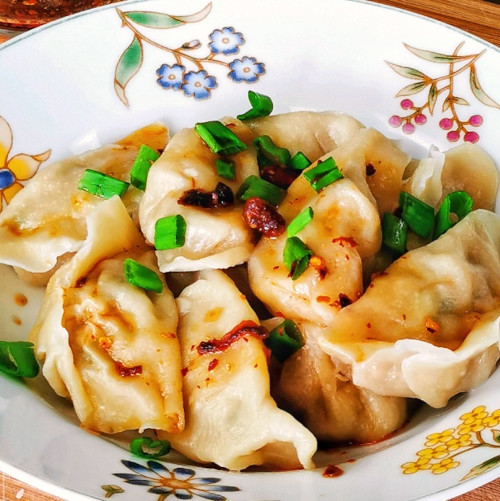
7. Steamed Fish – An Abundance of Wealth
Steamed whole fish is a staple on the dining table for New Year’s feasts. The fish should remain intact, symbolizing completeness and wholesomeness.
Moreover, the word for fish (鱼) is a homonym for surplus (余), signifying an abundance of wealth for the upcoming year.
The most popular preparation method is to steam the whole fish and serve it with soy sauce, garnished with green onions and ginger.
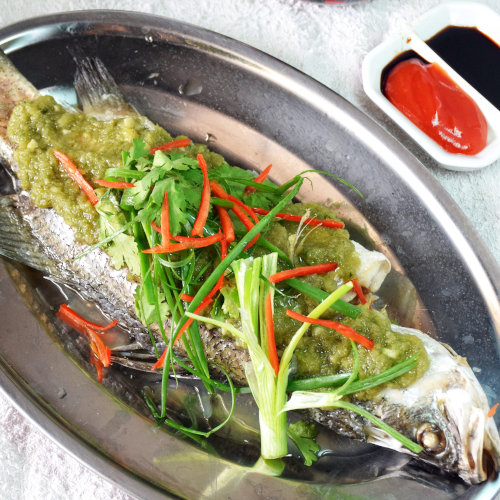
8. Pan-Fried Shrimp – Bringing Lots of Laughter
Shrimp symbolizes fortune and good luck, making it a wonderful addition to the Lunar New Year menu. Additionally, the Chinese word for shrimp (虾) sounds like ‘ha’ in Cantonese, echoing laughter.
May everyone enjoy a happy and prosperous year ahead, filled with laughter. Shrimp cooked in soy sauce is a popular and easy-to-make dish for this occasion.
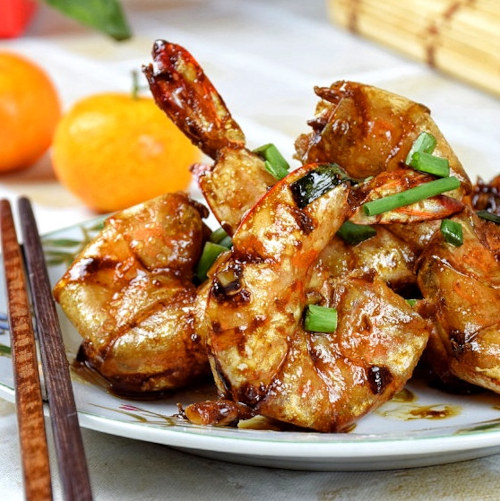
9. Pineapple Tart – Prosperity is on Its Way
In Hokkien, pineapple is referred to as ‘ong lai’ (旺来), which translates to ‘prosperity is on the way.’
This delightful tart is filled with pineapple paste cooked with palm sugar and spiced with cinnamon, star anise, and cloves. The buttery pastry melts in your mouth.
These bite-sized tarts are considered lucky and can be found everywhere during Chinese New Year. You can follow a recipe to make them yourself, though ready-made pineapple filling is also available.
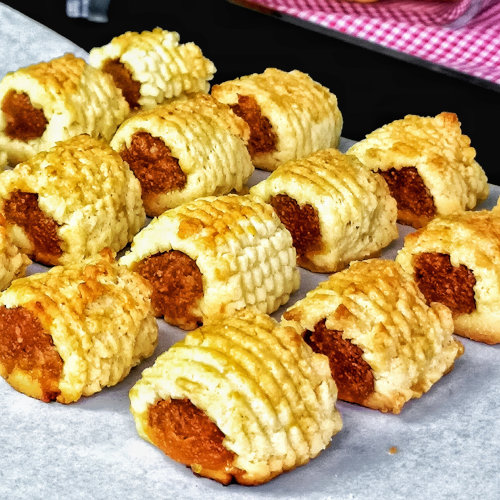
10. Tang Yuan – Signifying Togetherness
These bite-sized sticky glutinous rice balls in syrup carry significant meaning associated with the Winter Solstice and Chinese New Year.
Traditionally served during the reunion dinner, the word Yuan (圆) signifies togetherness in the phrase ‘Tuányuán’ (團圓), representing a complete family gathering for the New Year’s Eve dinner.
Tang Yuan is also enjoyed on the 15th day of the new year during the Lantern Festival. Here is a simple recipe for preparing Tang Yuan, which can be stuffed with peanut or red bean paste.
